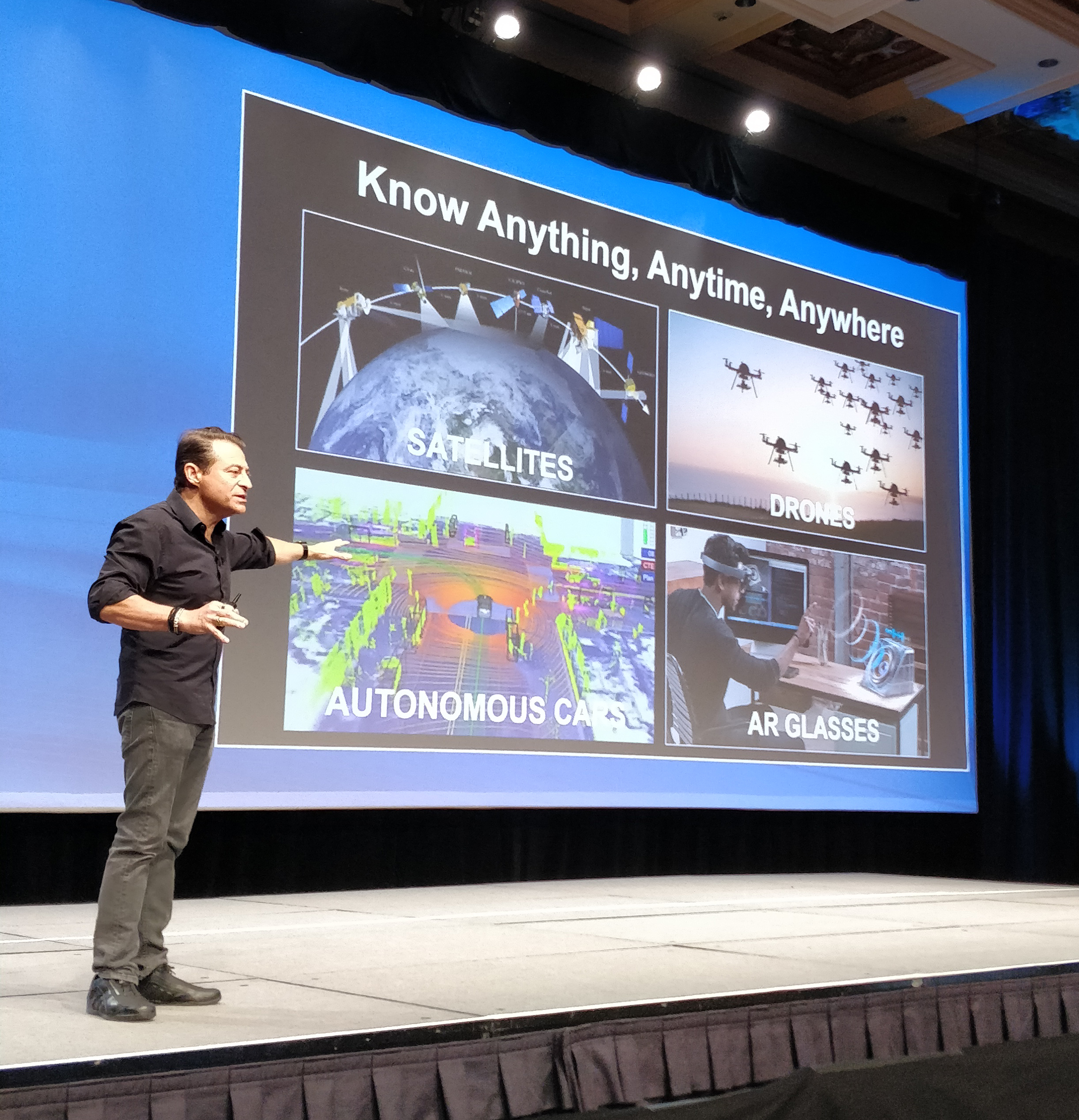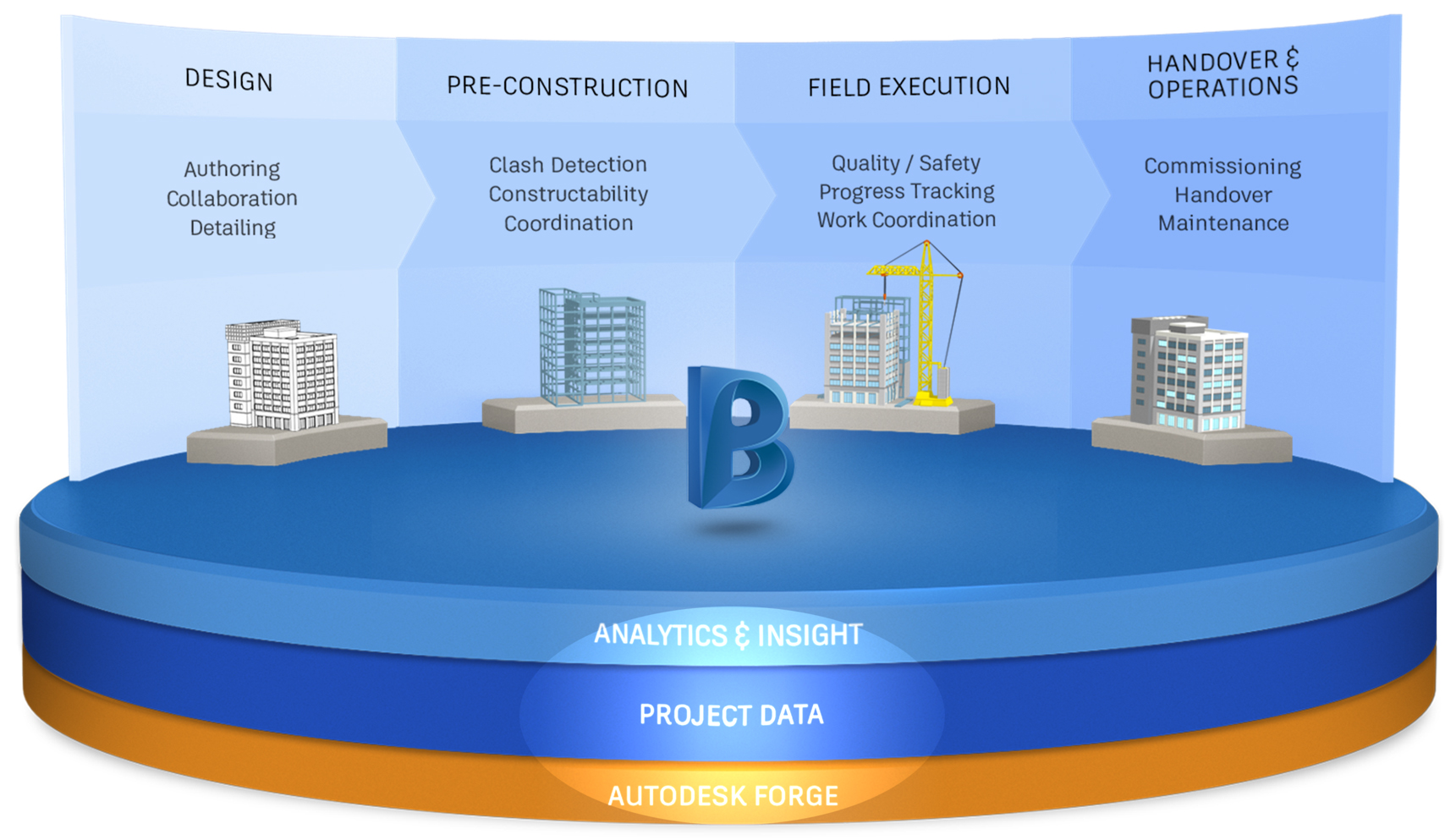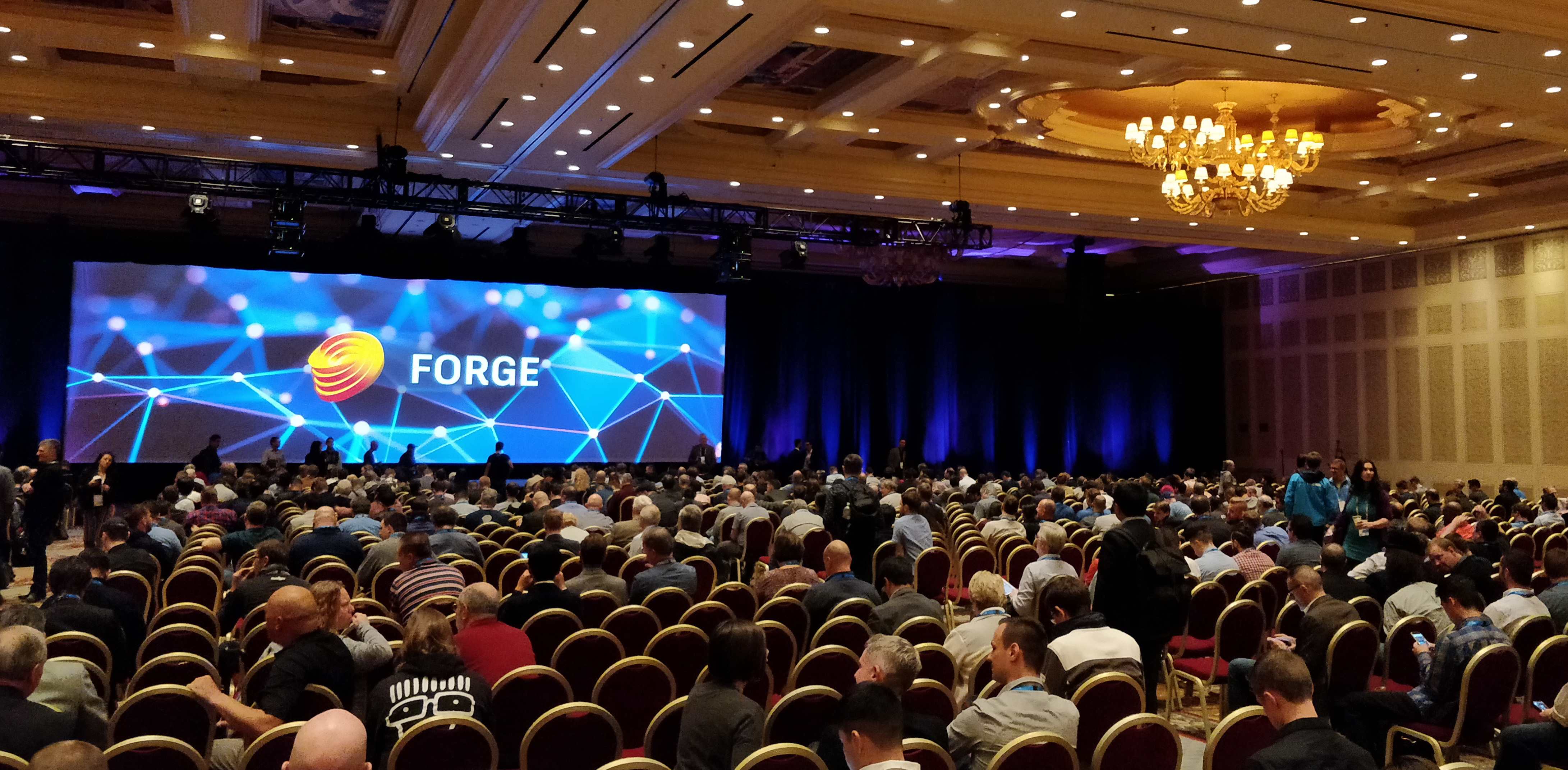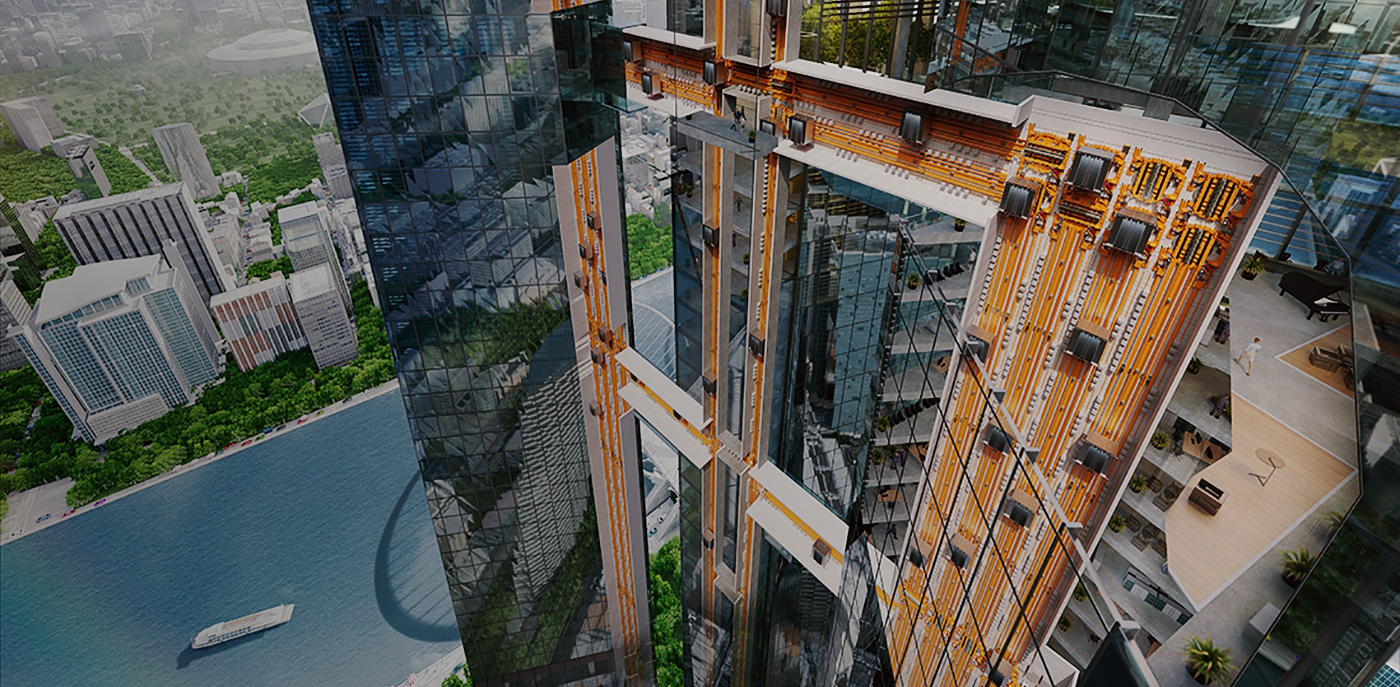Architizer is building tech tools to help power your practice: Click here to sign up now. Are you a manufacturer looking to connect with architects? Click here.
A technological revolution is underway in construction, bringing with it a “sink or swim” moment for established players in the industry. That’s the message from Peter Diamandis, the Greek American engineer, physician and entrepreneur best known as founder of the X Prize Foundation, and executive chairman of Singularity University. Speaking at Autodesk University, the world’s premier expo for AEC technology, Diamandis painted an exciting picture of the future for architecture and construction — but warned that those who don’t adapt are doomed to fail.
“Airbnb should have been invented by the hotel industry, but it wasn’t,” said Diamandis. “Uber should have been invented by the taxi industry, but it wasn’t.” The entrepreneur also highlighted dozens of retail brands that have filed for bankruptcy in the past two years due to the explosive growth of Amazon’s online marketplace. In the world of architecture, engineering and construction, many players have been similarly resistant to change — but Autodesk and its partners are aiming to lead a change in attitude as well as in technology throughout the industry.

Entrepreneur Peter Diamandis speaks about the future of construction at Autodesk University in Las Vegas. Photo by Paul Keskeys
As with hospitality, automobiles and retail, the primary driver of change in construction will be data. “Data is the foundation of innovation,” stated Andrew Anagnost, President and CEO of Autodesk. Anagnost spoke of the importance of developing new tools to “free the data”, to make information accessible to all parties at every stage of the construction process. More significantly, he highlighted a collective need to “activate the data” — in other words, harnessing data not just to make existing construction processes more efficient, but to create entirely new, industrialized processes that will revolutionize the industry.
How might this look in real-world terms? Anagnost’s keynote presentation was populated with a number of familiar terms, including 3D printing, drones, cloud computing, robotics, gaming engines, augmented reality, the Internet of Things and generative design. Innovations in each of these areas will be showcased at this year’s Autodesk University expo, but the key for Autodesk is how data might begin to tie them together. If companies can integrate multiple technologies and synchronize data collection across platforms, the inefficiencies in the construction industry could be dramatically reduced.

New additions to Autodesk’s BIM 360 suite of tools are already beginning to bridge gaps in the building process. Jim Lynch, Vice President & General Manager, Construction Business Unit, highlighted Autodesk’s new cost management tools, designed for the lifecycle of a project and fully integrated with the existing BIM 360 applications. Meanwhile, third parties are working with Autodesk to build further links between project stages, bringing highly specialized knowledge to the table.
For example, Chloé Clair — Chief Technical Officer at VINCI Construction — spoke about the challenges inherent within physical construction sites, with all their imperfections. VINCI’s goal is to stretch the facilitation of BIM from its existing position in the middle of a project cycle, expanding its use to the very beginning — feeding intricate site scans and survey information into shared BIM models — and the very end, bringing BIM to dusty, dirty construction sites with the help of innovations like the Digital Worksite Totem.
Whether it is a smart project management system or a robust piece of hardware for use on the construction site, each innovation is working towards a common goal: to enable every stakeholder in the construction process to be connected by data.

Autodesk showcased apps built using its Forge Platform; photo by Paul Keskeys
To this end, platforms like Forge — Autodesk’s cloud-based developer toolkit — may be the most important piece in this complex puzzle. Forge provides thousands of developers with tools to build cloud-based applications for the AEC industry, many of which link with each other and connect the physical and digital realms of construction in the process.
Data-based platforms like Forge provide a glimpse of a future that Diamandis described — one that is better coordinated, more connected and well positioned to progress at an exponential rate. Some companies will thrive off of the newfound dynamism these platforms bring, while others will be left behind. Architecture and construction is ripe for technological revolution — and it is an exciting time for those leading the charge.
Stay tuned for more insights from Autodesk University on Architizer Journal, and be sure to follow Architizer on Instagram for live updates from the show!
Architizer is building tech tools to help power your practice: Click here to sign up now. Are you a manufacturer looking to connect with architects? Click here.
Top image via GenieBelt









